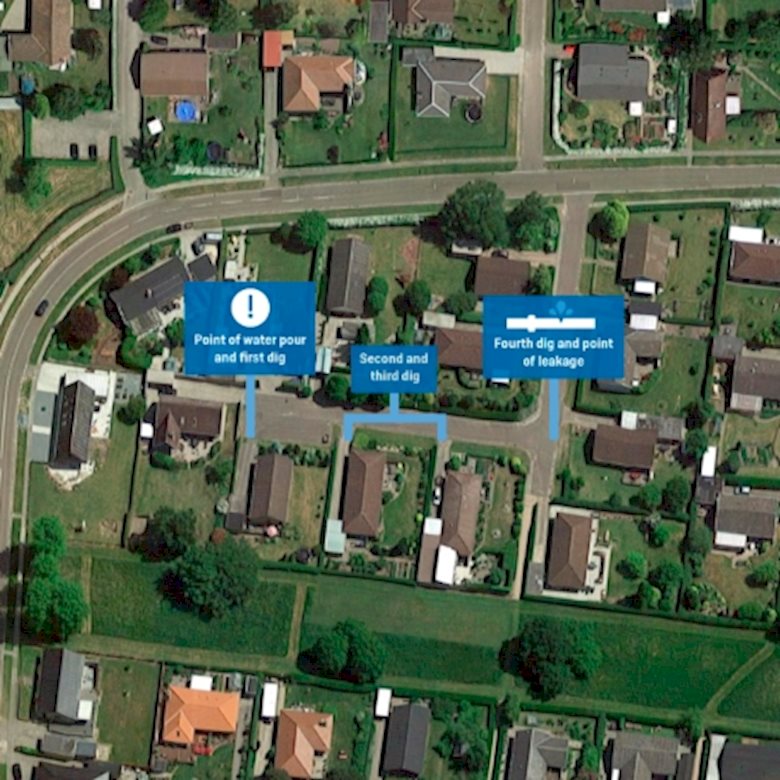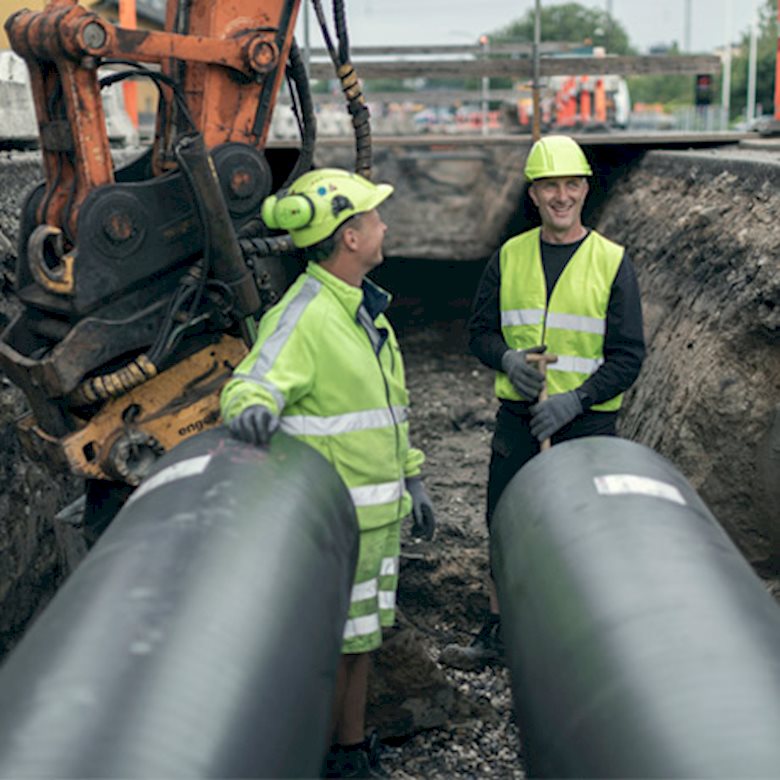Posted on Tuesday, October 22, 2019 by Steen Schelle Jensen
Data-based leak detection saves time, money and water
One of the most hyped topics in the district heating industry is digitalisation. And rightfully so. But after years of talk about the potential in smart meter data, it’s time for potential to step back and make way for results.
75% time savings on leak localisation
With more – and more complex – decisions utility professionals must make every day, the analytics platform, Heat Intelligence provides the data-based decision support you need to optimise your distribution network. One of our customers used this tool to optimise the basis for their digging in connection with future leak localisation.
In one specific occurrence from before they installed the application, the change in distribution network setting from summer to winter time caused a burst that sent water pouring into a customer’s driveway. In this case, searching for, locating and fixing the leak took four attempts and two days for two mean and a trencher. The subsequent asphalt construction and the loss of 30 m3 water were additional costs.
Using Heat Intelligence to analyse temperatures measured in the area before, during and after the leak, the utility found that they would have been able to not only detect the leak but also limit the area they had to search. The tool displayed a sudden temperature drop indicating a much higher heat loss than usual and detected further decreases throughout the network up until the location where the utility dug the fourth time. In other words, the temperature deviations clearly showed where the problem began and ended.
In addition to only having to dig once, that knowledge would have reduced the water loss significantly and the street’s residents would not have been disturbed unnecessarily.
Analytics you can act on
Released in the Spring of 2018, Heat Intelligence is based on a model created by Kamstrup’s data scientists. Combining heat meter data with a digital GIS model of your pipe network, it calculates how heat travels in your infrastructure and creates a digital twin. This transparency enables you to map your heat loss, monitor network load and capacity, identify what stresses your network – and act accordingly.
The tool is unique because of it does not require utilities to invest in any additional field equipment. And since it analyses measurements from all end points in the distribution network based on specific knowledge about its pipes, utilities can even calculate temperature and flow in nodes where no heat meter is installed.
Much more to come
The distribution network is one of many areas with a huge potential for optimisation. The full impact and results from digitalisation in district heating have only just started to unfold. But with every concrete example, the opportunities it brings are becoming clearer. At Kamstrup, working closely together with our customers to ensure they benefit from those opportunities remains at the core of everything we do.



